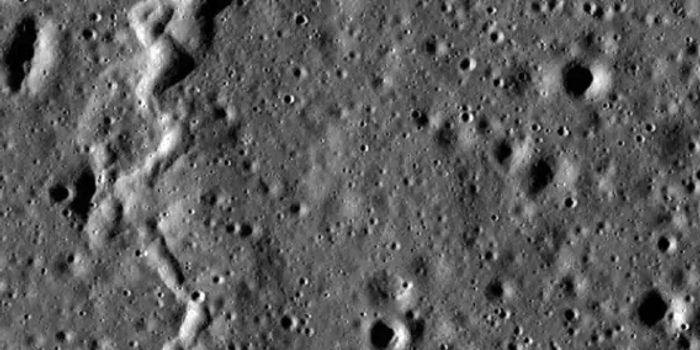Can SpaceX Land Three Booster Rockets Simultaneously?
SpaceX is big on the whole landing rockets thing because they’ve engineered the Falcon 9 rocket to be capable of landing and being re-launched to save money and help make space travel more approachable by commercial companies that need satellites put into space.
On the other hand, the Falcon 9 rocket is a pretty light lifter, so it’s limited in what it can bring into outer space. For that reason alone, SpaceX is planning different versions of the Falcon rocket, including the Falcon Heavy, which will have the capability of driving as much as 54 metric tons into outer space, significantly more than the puny, but capable Falcon 9 can.

Image Credit: SpaceX/YouTube
Of course, the Falcon Heavy is designed around a platform of three booster rockets, all of which SpaceX plans to re-use. That said, the commercial space company will have to land three of their Falcon booster rockets simultaneously and each of the three landings must be successful if all three of the rockets are to be reused as expected.
The first Falcon Heavy is expected to launch sometime this year, either in the Spring or early Summer, and if timing is right, SpaceX has already been granted permission from the United States government to launch as many as six Falcon Heavy rockets annually, which means a grand total of 18 Falcon Heavy booster rocket landings because there are three boosters per Falcon Heavy.
After launch, all three Falcon Heavy booster rockets would attempt to land upright just like current Falcon 9 rockets do, but they would all land simultaneously at a special landing site in Cape Canaveral, Florida. While the landing site already exists, they need to modify it to fit it with two additional rocket landing platforms so that all three booster rockets have a place to land.
SpaceX's complimentary demonstration video below shows just how all of that would take place:
“This purpose continues to support SpaceX’s overall missions for NASA and the USAF,” SpaceX explains in an environmental assessment for building the two additional landing sites. “The action continues to fulfill the U.S. expectation that space transportation costs are reduced in order to make continued exploration, development, and use of space more affordable.”
While SpaceX hopes to gain approval to land all three of its Falcon Heavy booster rockets at the same time, it’s all up to the United States government. The worst-case scenario is the government will not approve the process, and instead only one Falcon Heavy booster rocket will be able to land, while the other two will be redirected into the Atlantic Ocean to make an uncontrolled landing, which obviously isn’t preferred.
Nevertheless, it looks like some really cool still is about to happen thanks to SpaceX this year, and that’s great news for the commercial space company, especially since they just started returning to space flight this past weekend after a catastrophic anomalous explosion costed the company a rocket, its payload, and the entire launch pad in Cape Canaveral, Florida. Reconstruction is, of course, under way to fix it all.
Source: SpaceX, NASASpaceFlight, Ars Technica








